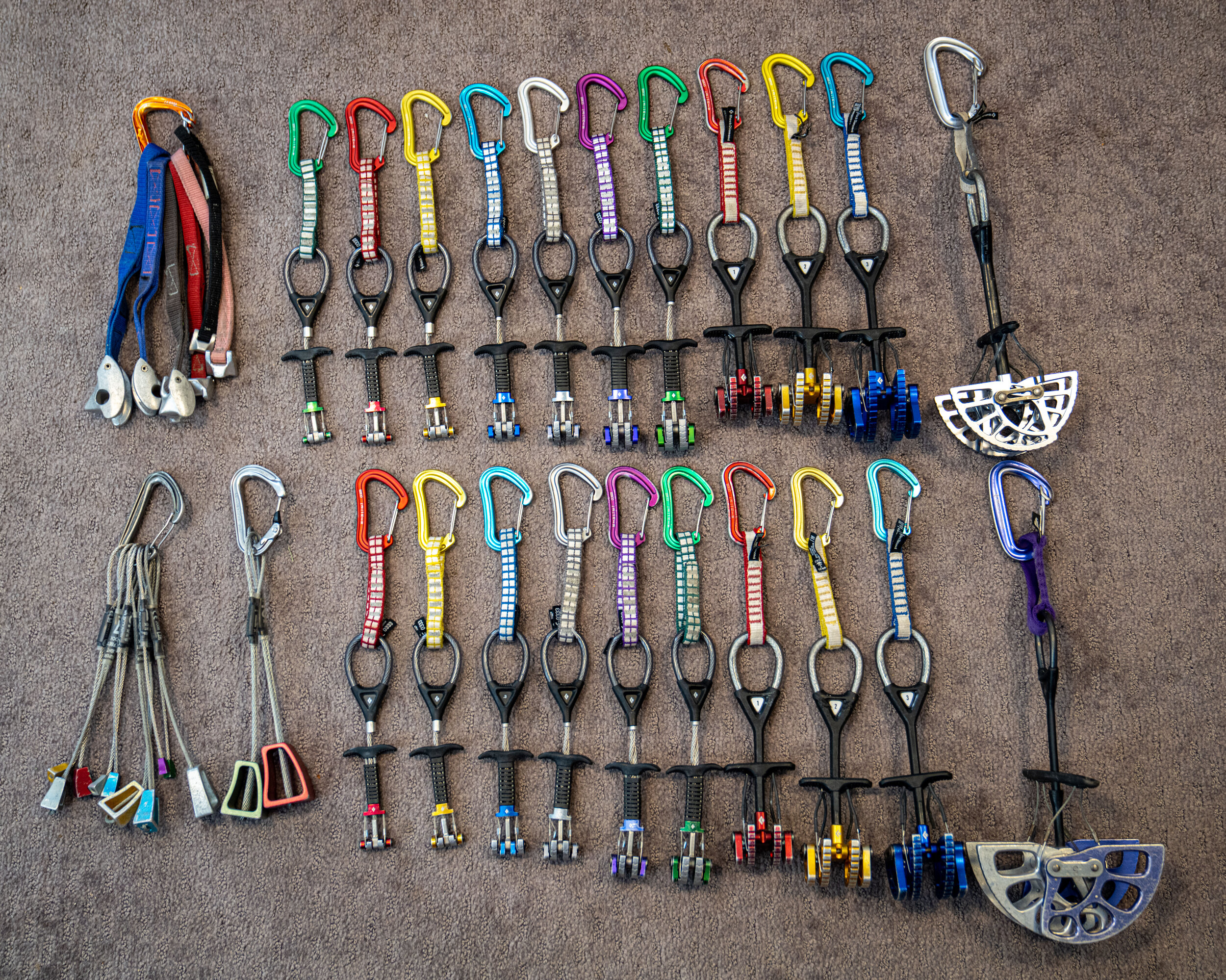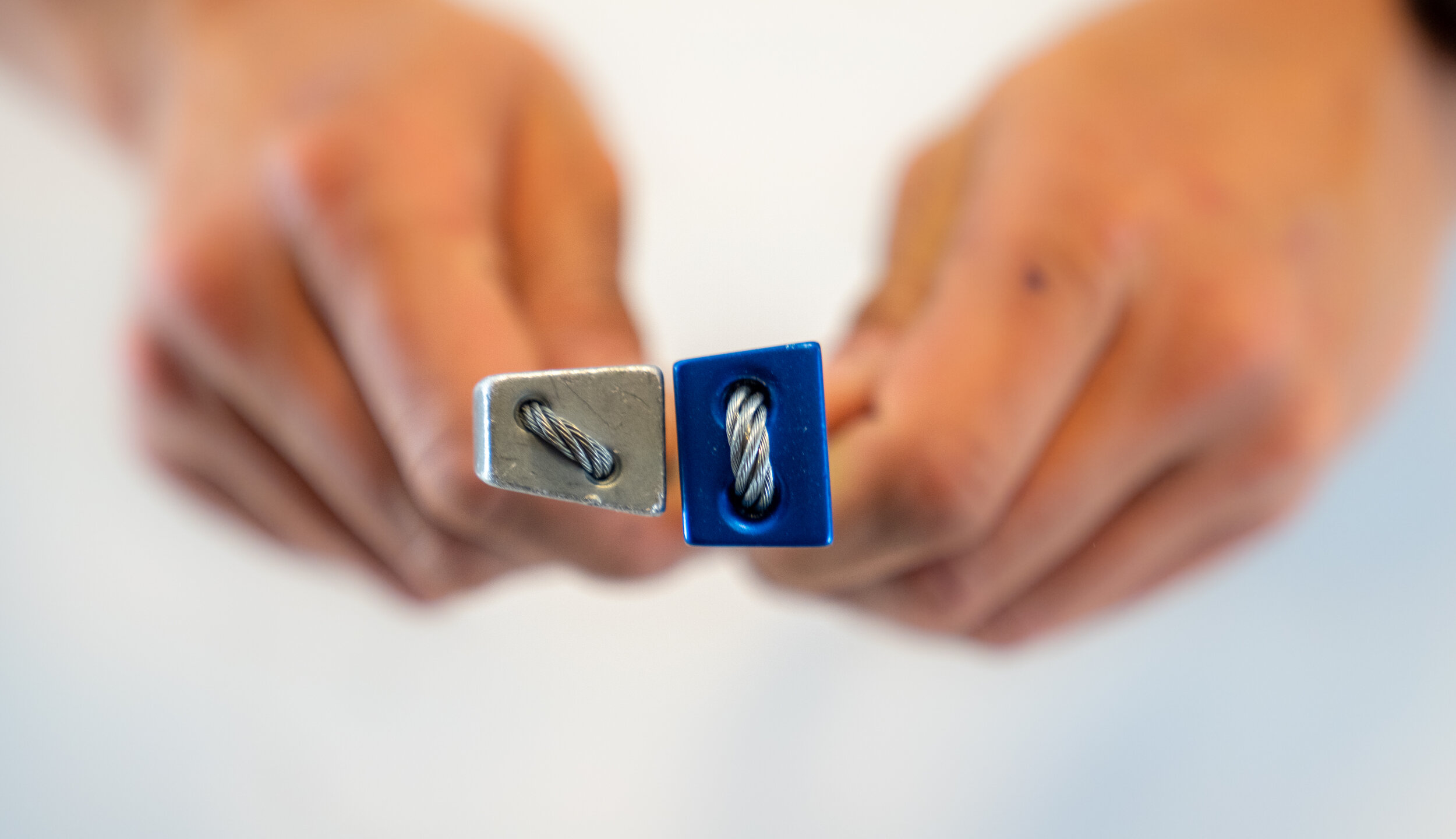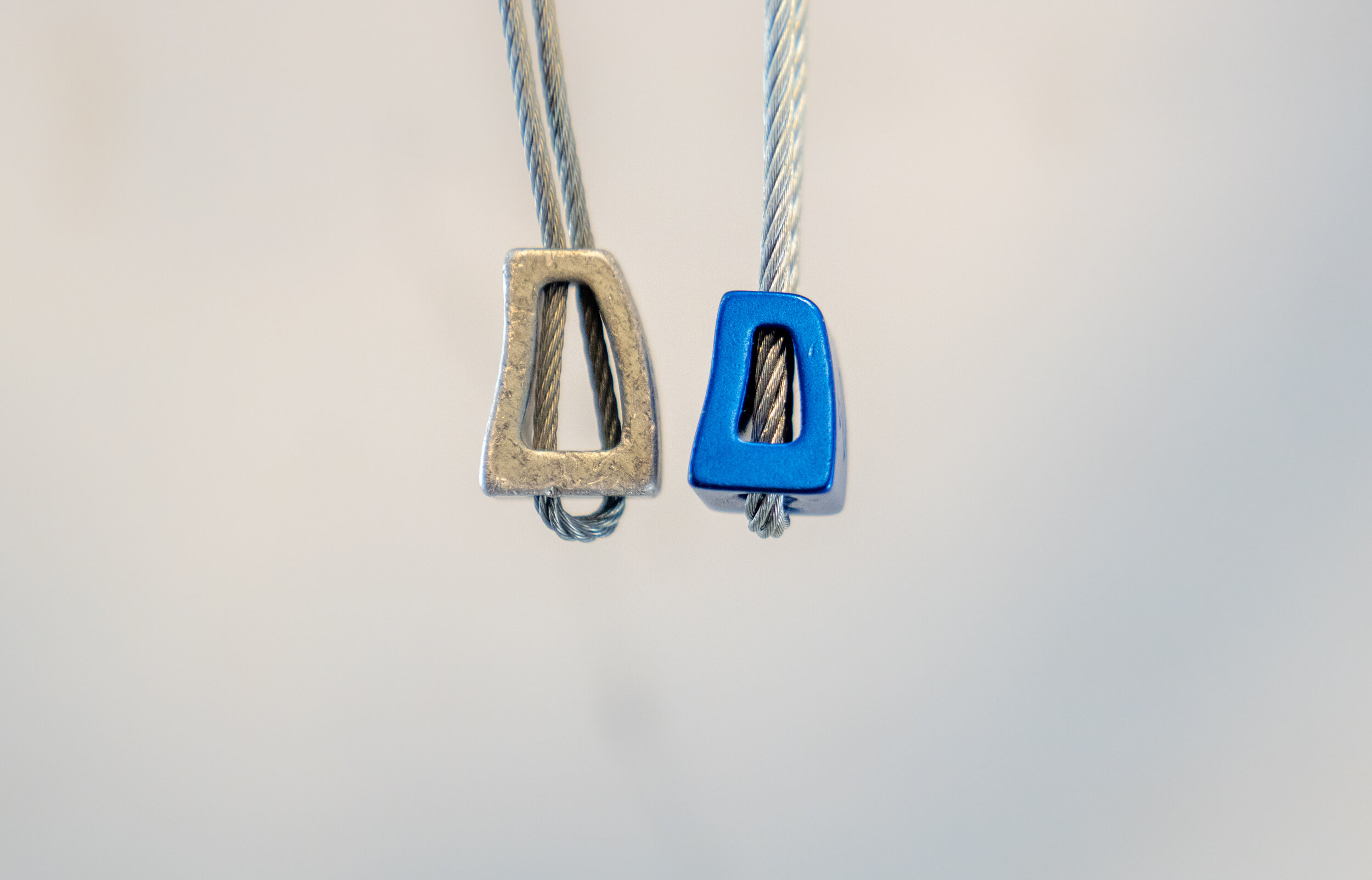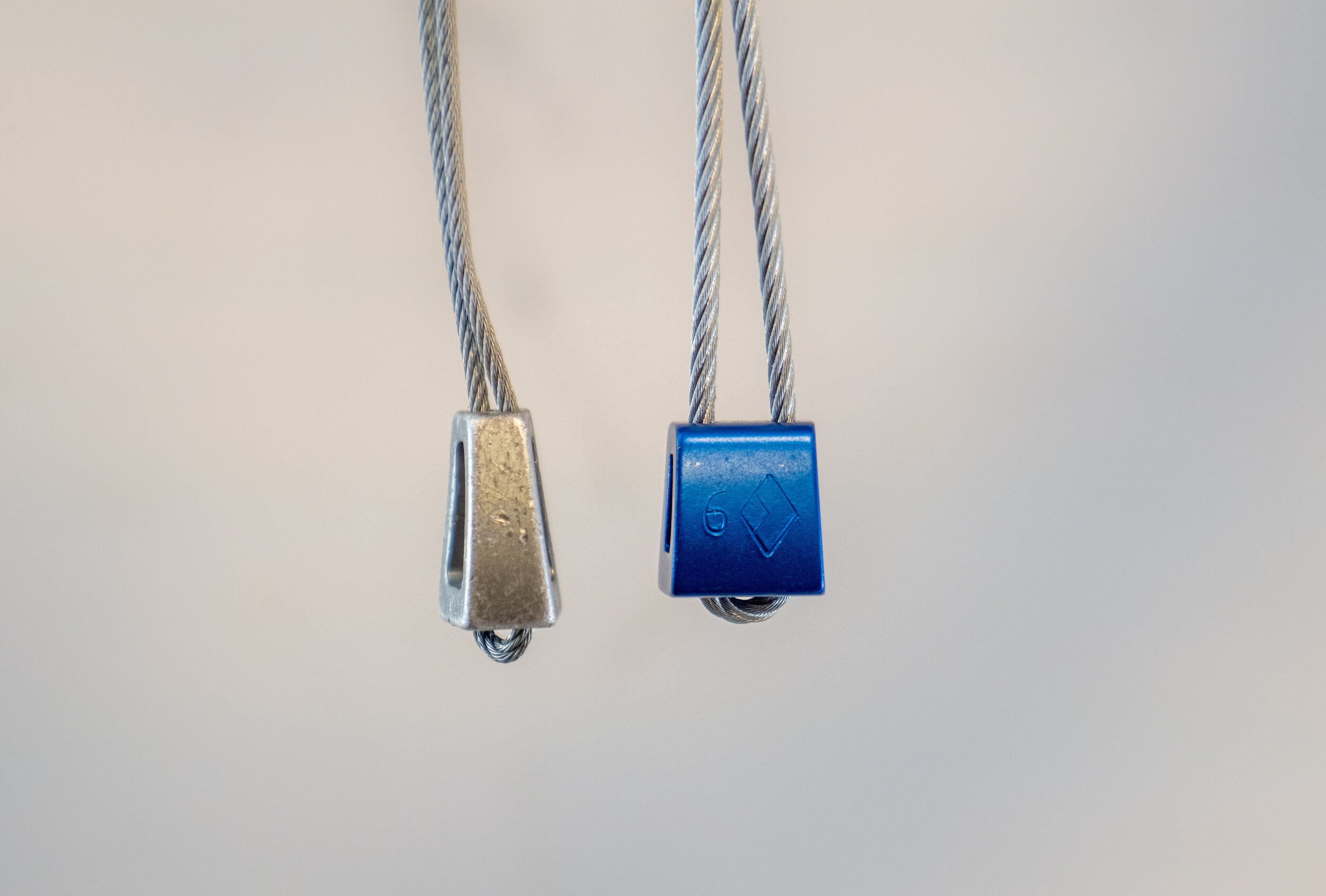Most climbers remember the first time they tied in, the nerves at the base of the wall, and the rush of topping out. For many, that spark leads to more than just a hobby—it inspires a desire to share climbing with others. That’s where the AMGA Single Pitch Instructor (SPI) Course and Exam comes in.
Instructing at Pisgah Climbing School, I see this transformation every season. Climbers come to us with strong personal skills, but they’re ready to take the next step: learning how to teach, manage risk, and create safe and meaningful experiences for family members, friends, and other new climbers. The SPI program gives them that foundation.
Over the course of three immersive days, participants move beyond simply “providing a safe climbing experience.” They learn anchor systems, site management, and effective teaching techniques—skills that turn good climbers into great mentors. For those ready to prove their abilities, the two-day SPI Exam is the capstone, providing the chance to earn a certification that’s respected across the outdoor industry and leads to jobs in the guiding world.
What makes Pisgah Climbing School different? Our team. As the largest guide service in the Southeast—with the region’s only IFMGA Mountain Guide—we offer depth of experience you won’t find anywhere else. Our instructors know the technical systems inside and out, but they also know what it takes to guide in the real world.
Upcoming Dates
SPI Courses:
Looking Glass, NC Oct. 31st- Nov. 2nd $660
Cherokee Rock Village, Alabama Nov. 21-23rd $660
SPI Exam:
Looking Glass, NC Nov. 1st-2nd $475
Cherokee Rock Village, Alabama Nov. 22-23rd $475
If you’re ready to move from climber to instructor, this is your path forward. The rock is waiting—are you?
👉 Learn more and register: www.pisgahclimbingschool.com
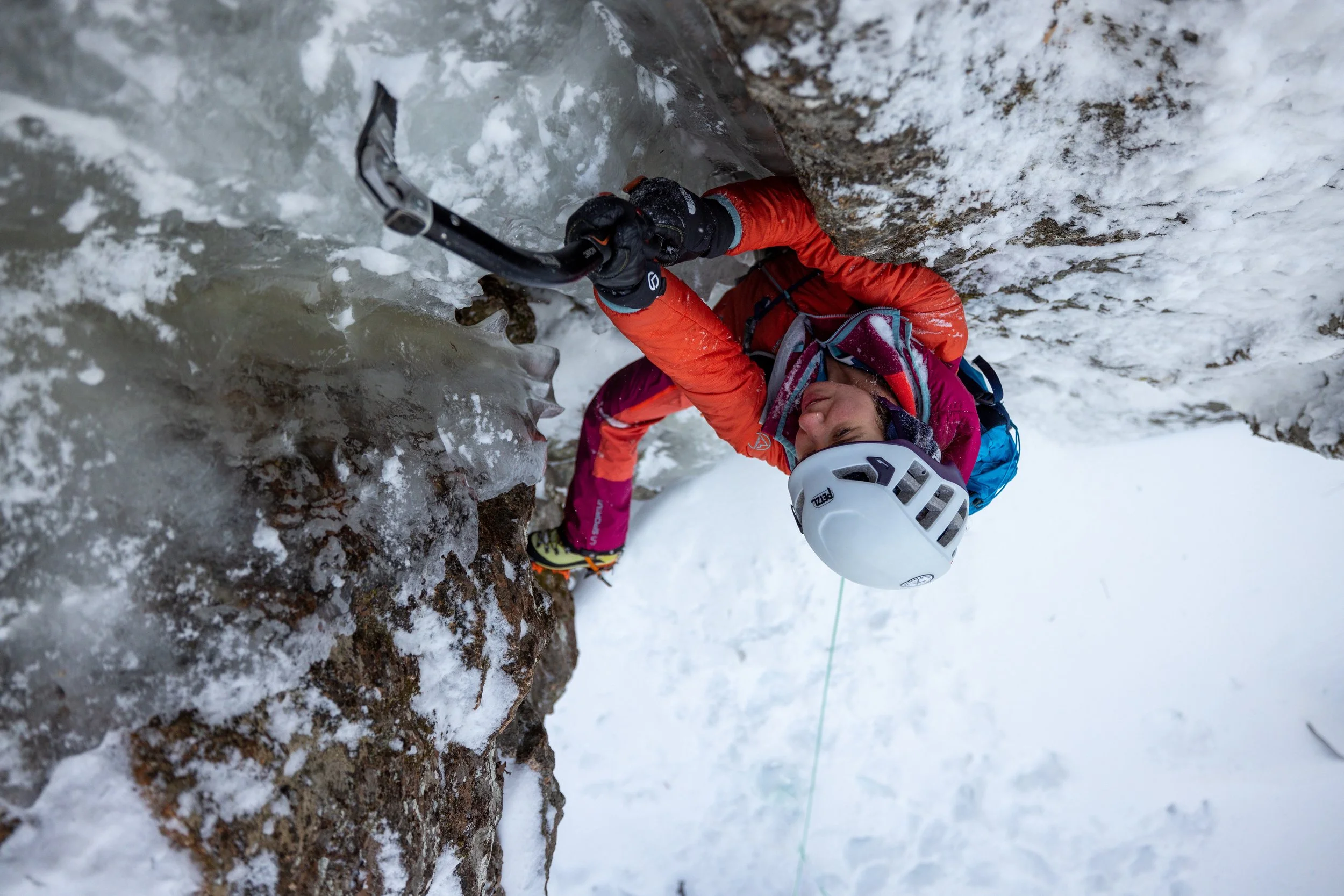

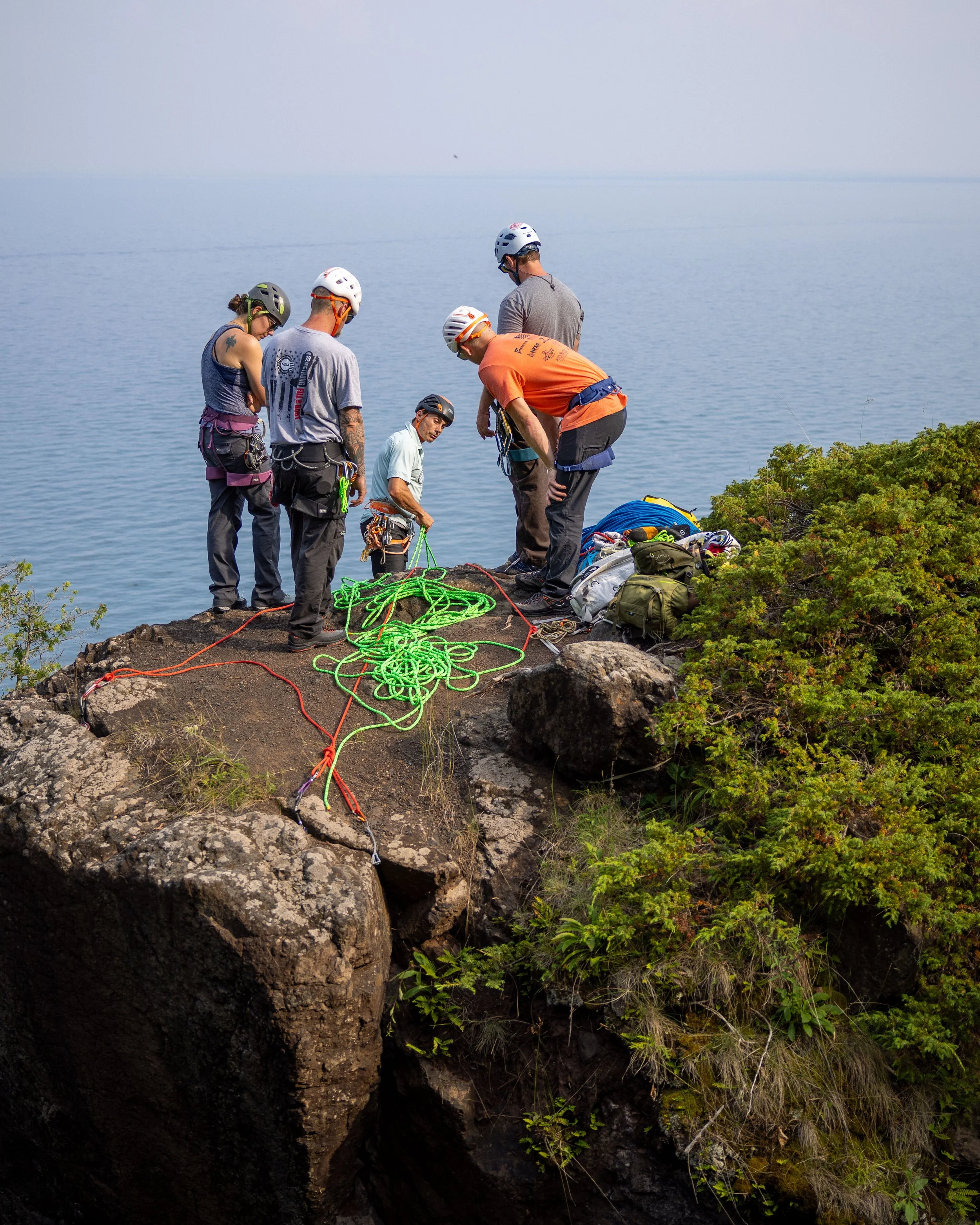




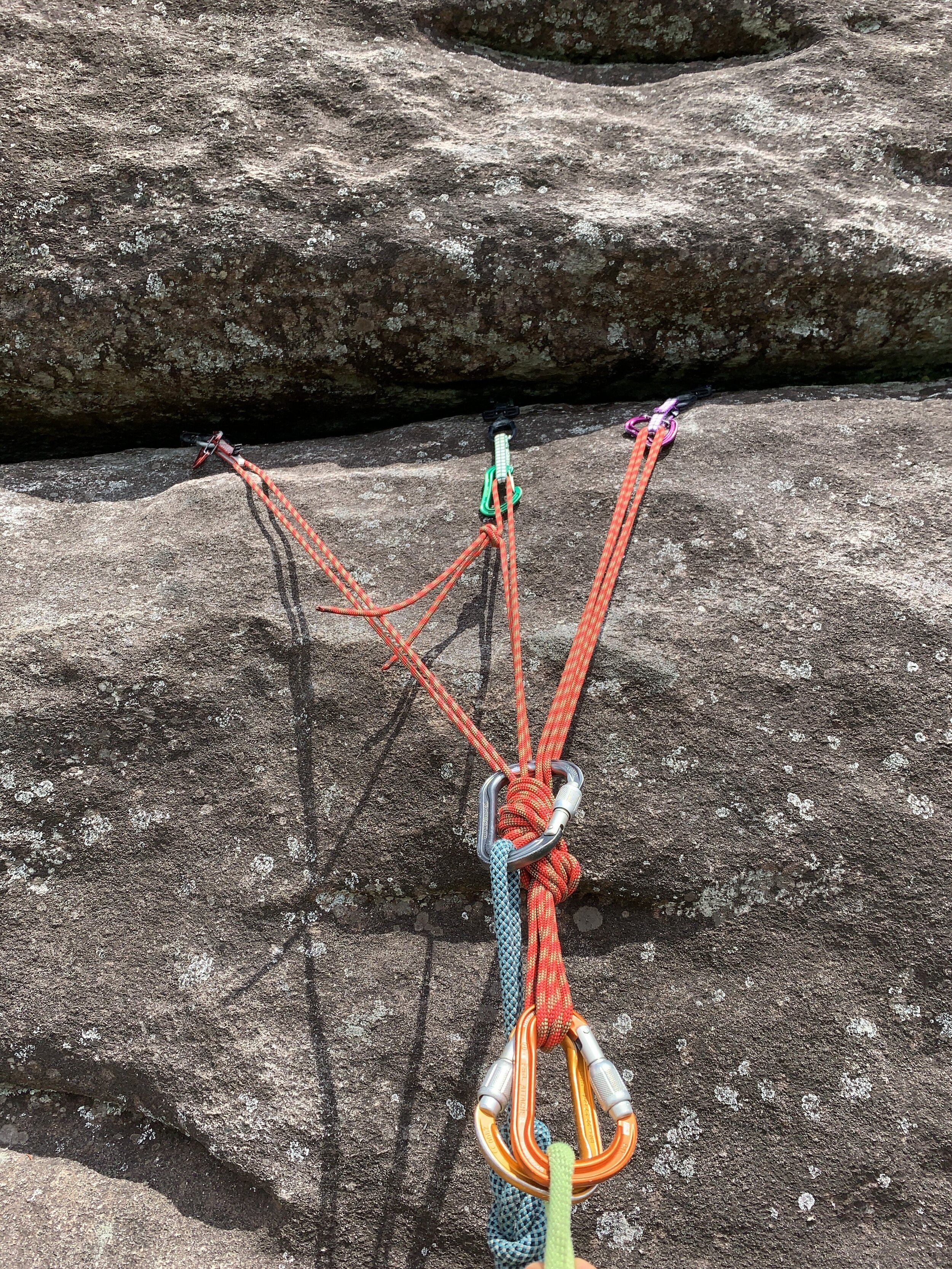
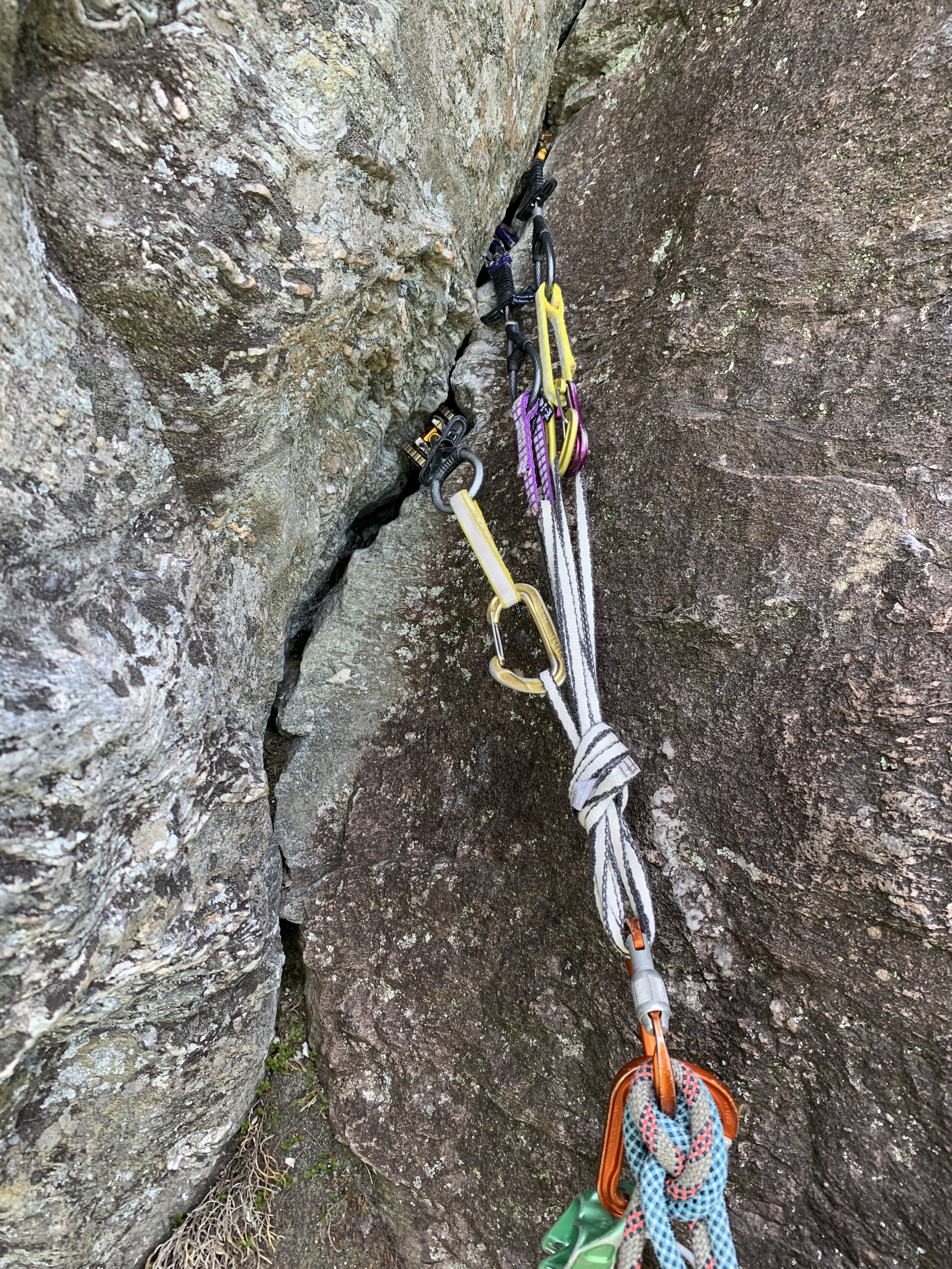
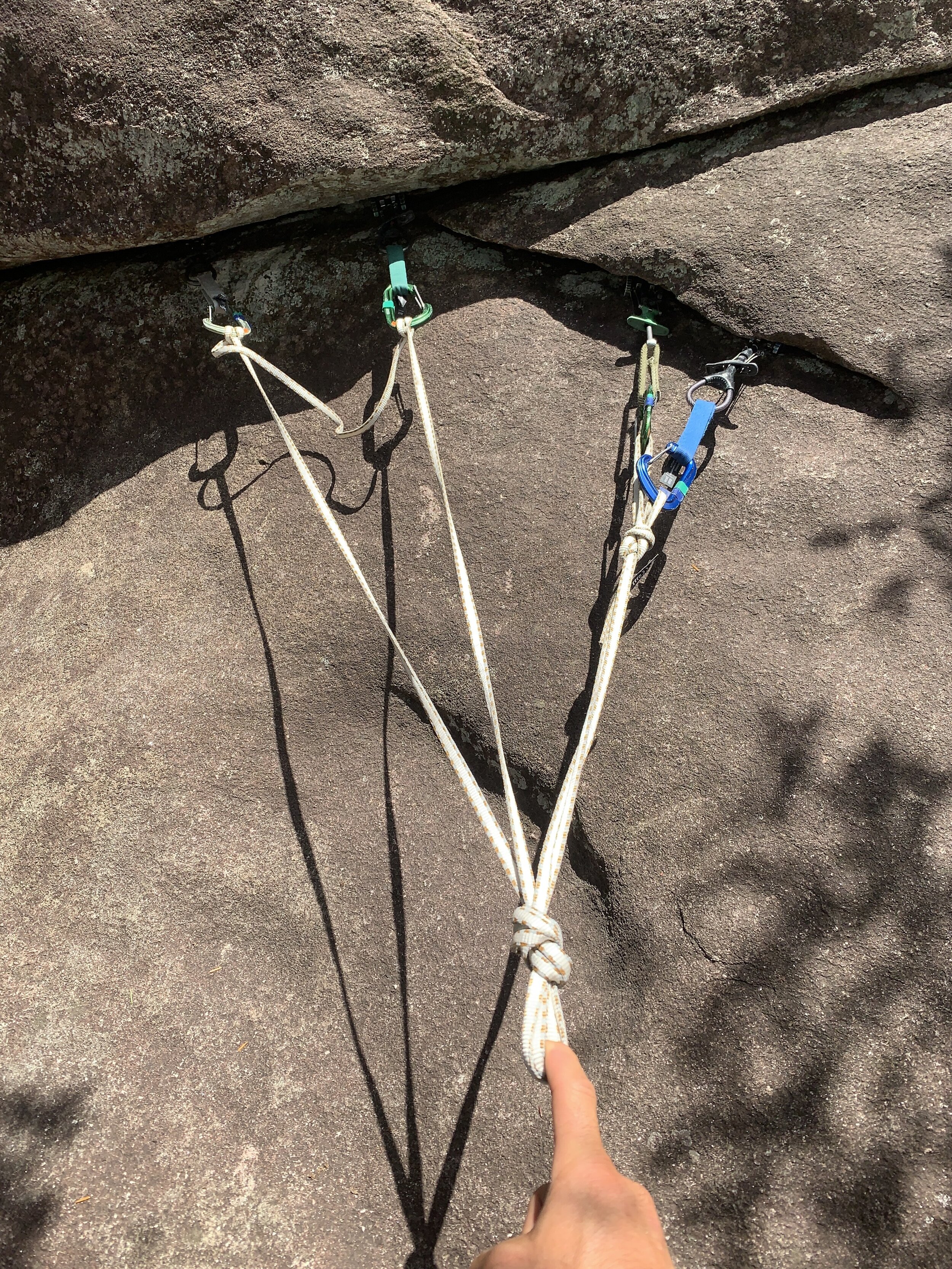
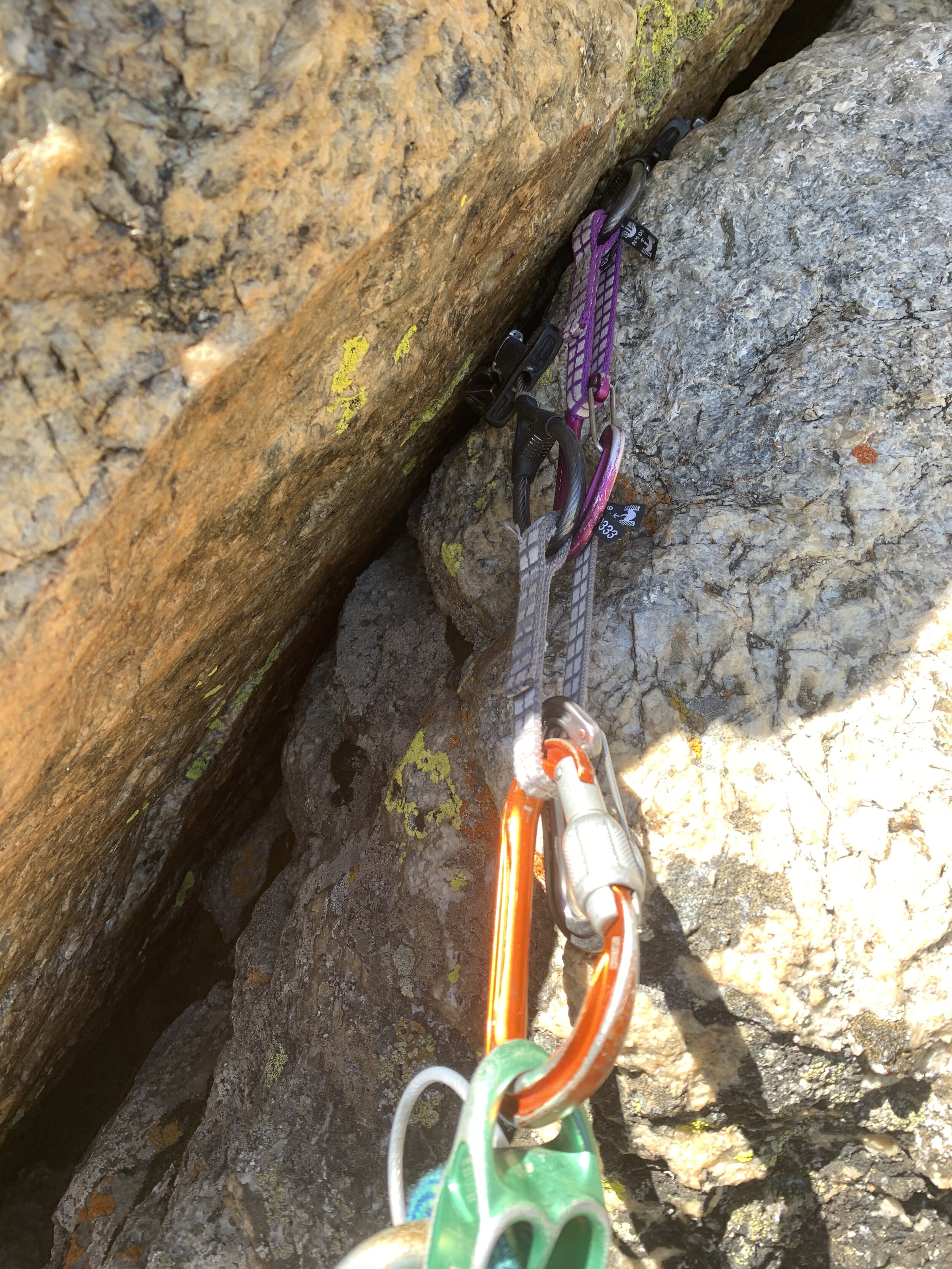

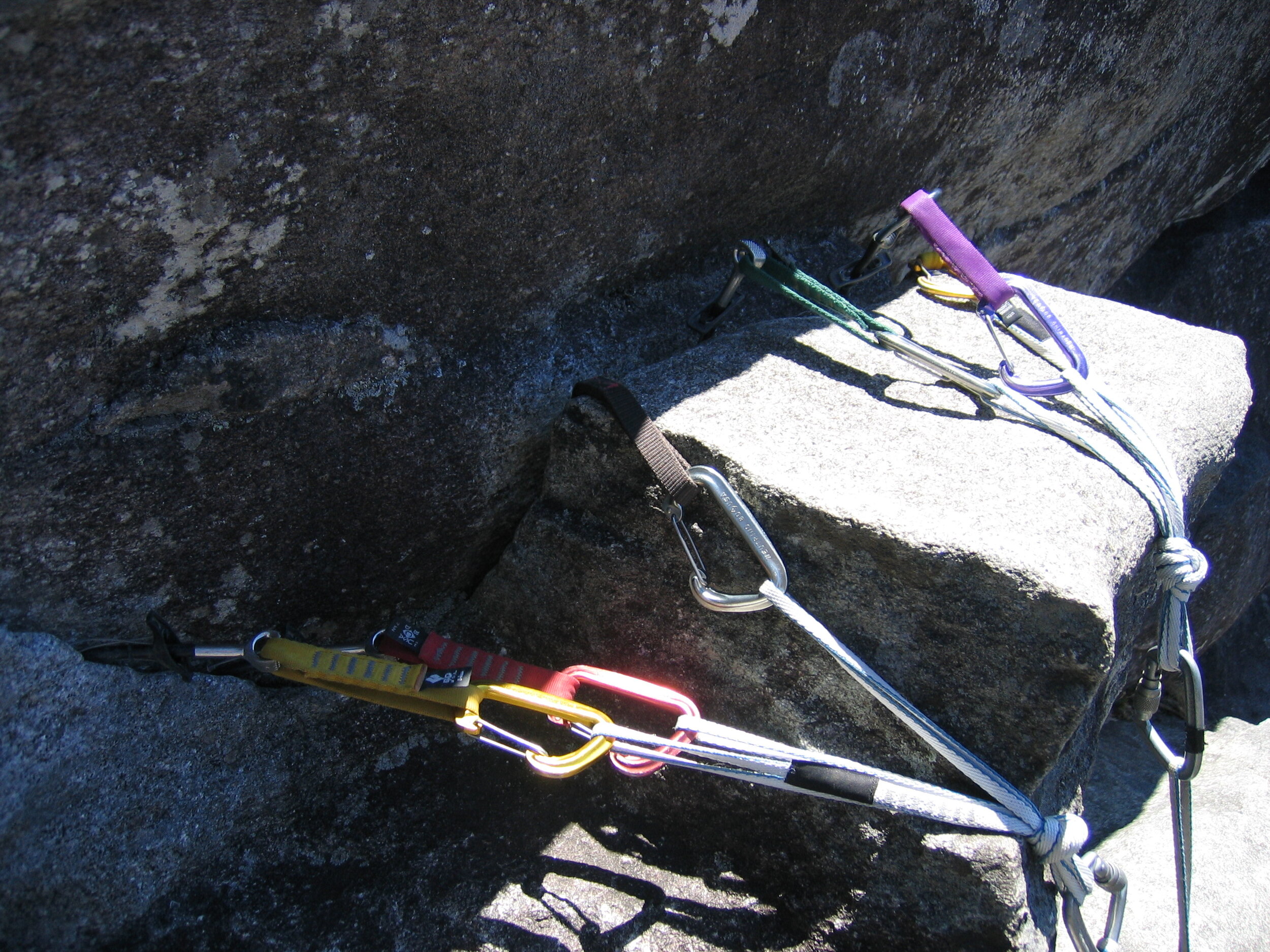
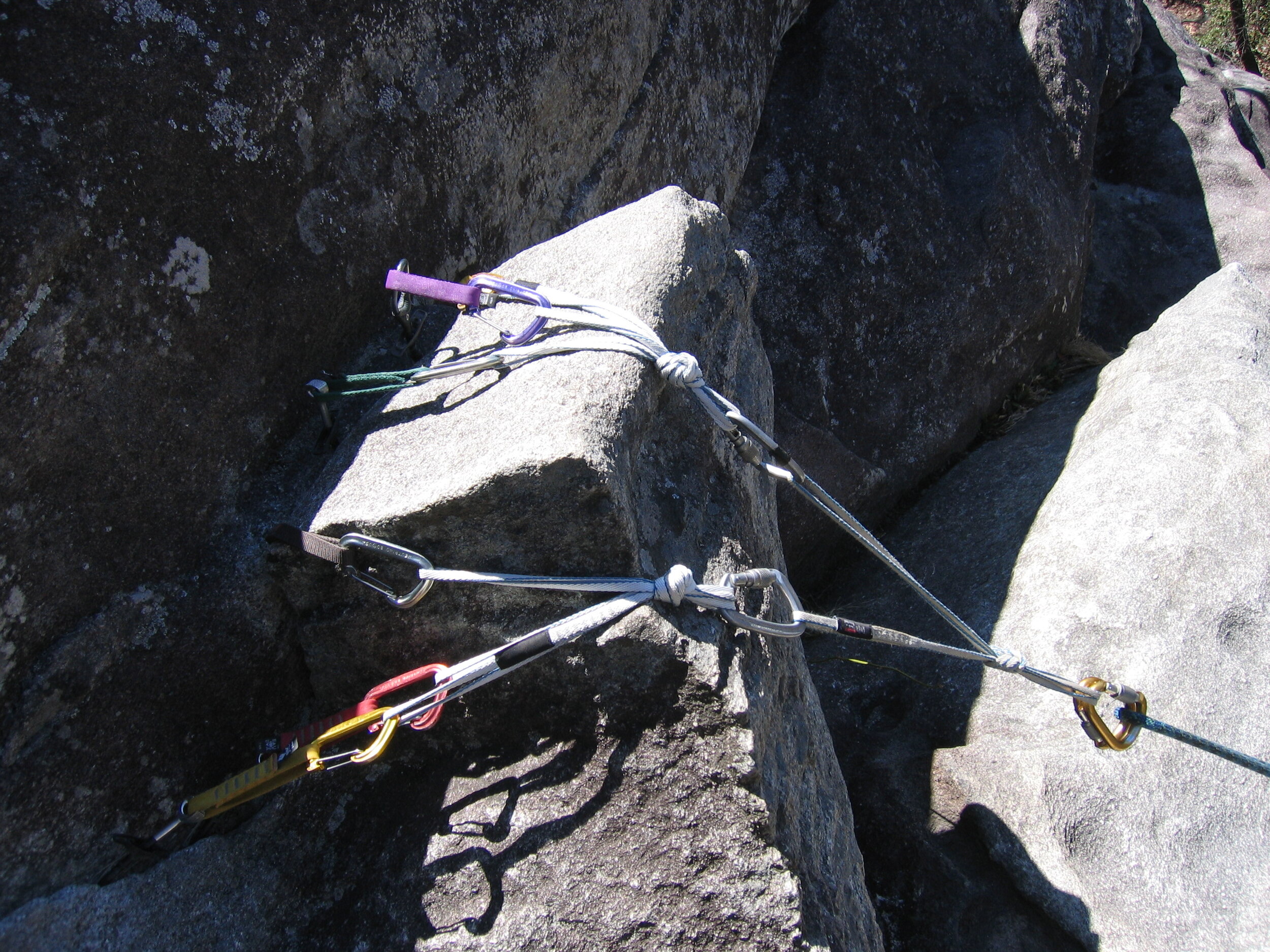
![IMG_1161[1].JPG](https://images.squarespace-cdn.com/content/v1/5de19304046bfb2883feb376/1599613342914-D2XNCQFOZCUPOW0I46A5/IMG_1161%5B1%5D.JPG)
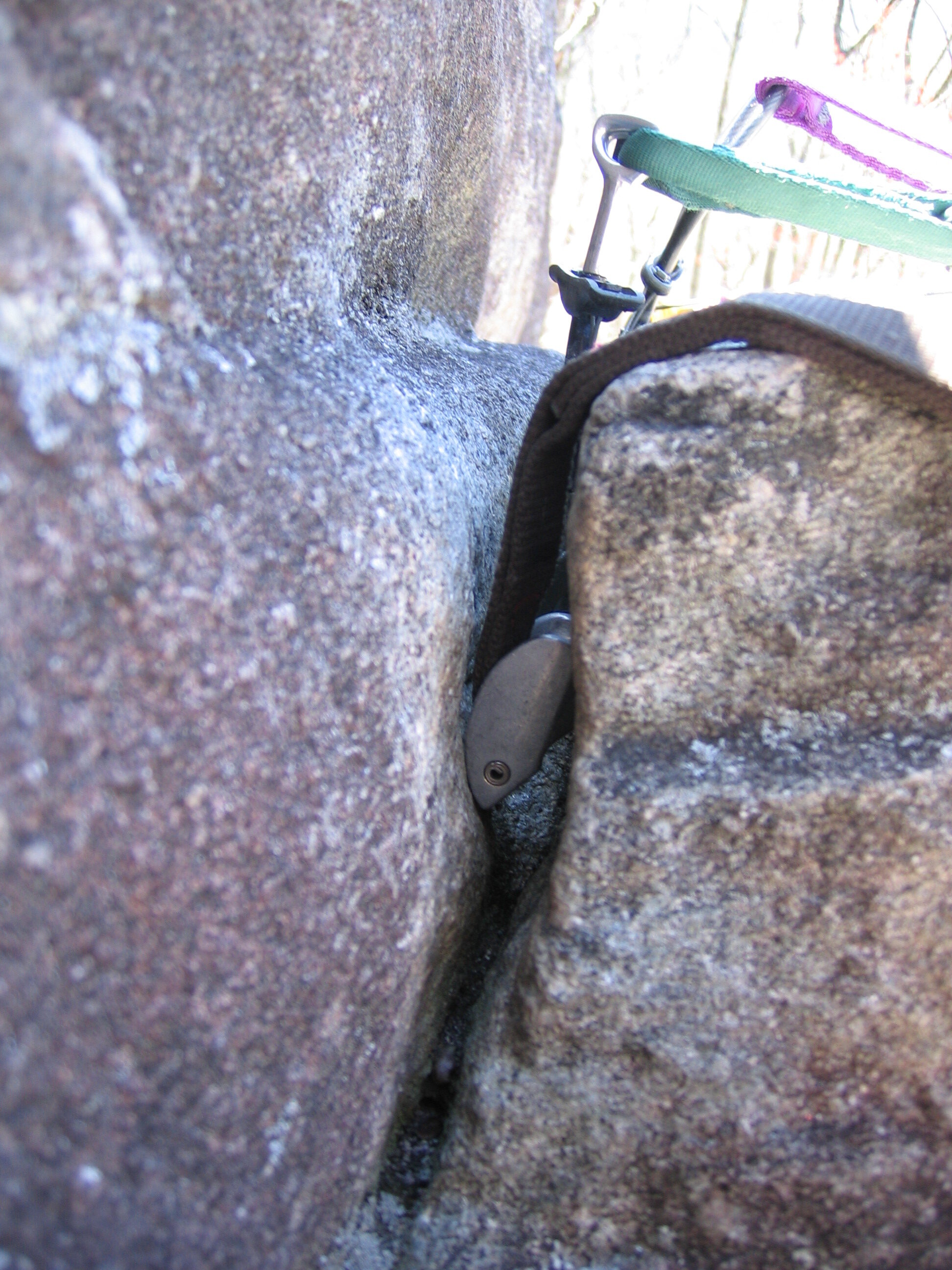
![IMG_1163[1].JPG](https://images.squarespace-cdn.com/content/v1/5de19304046bfb2883feb376/1599613347719-XB4NSW1MFKL5E0WOHTW4/IMG_1163%5B1%5D.JPG)



